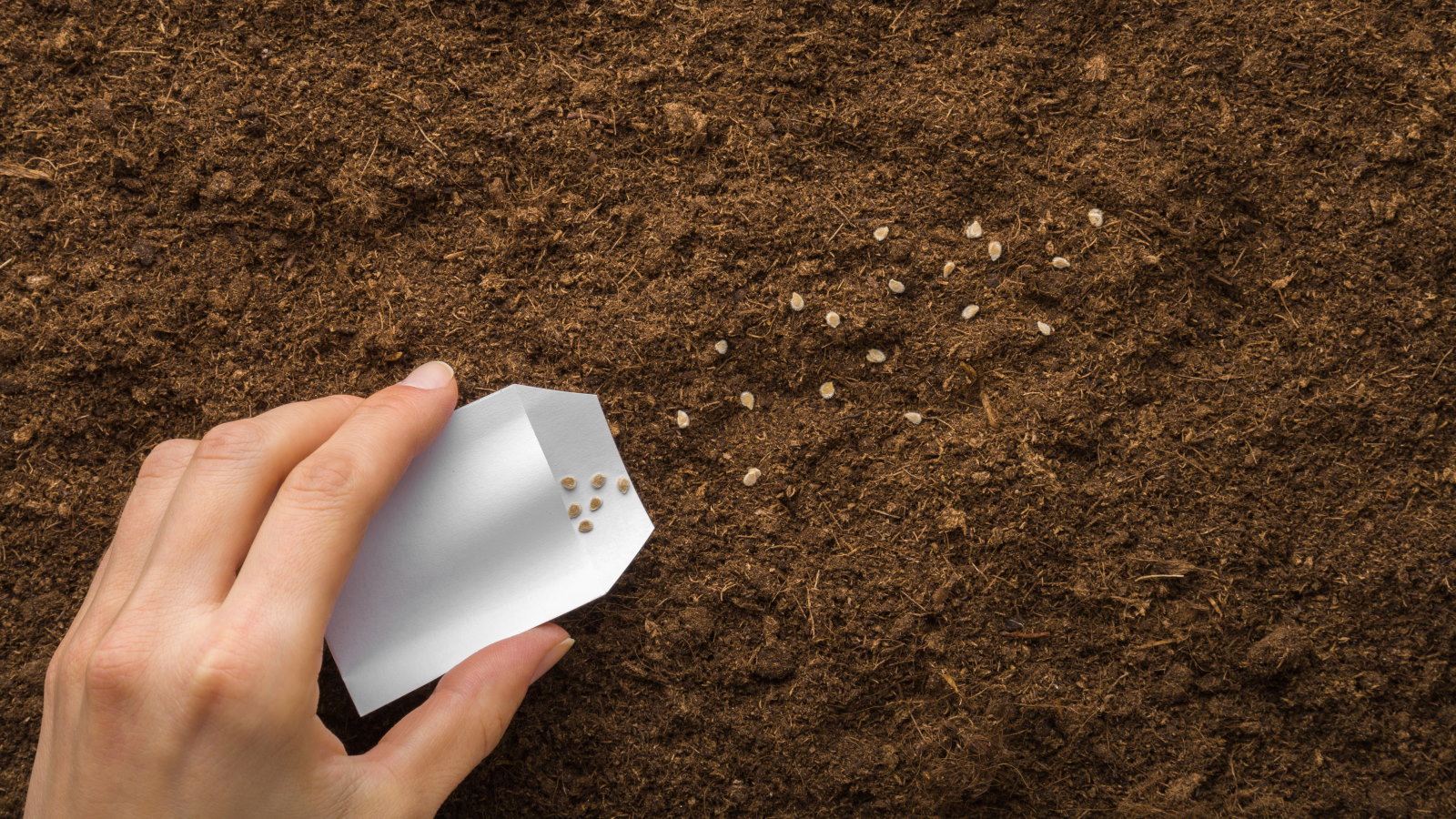
Spring is in full bloom and that means there are a slew of tasks you need to do to make sure your garden will thrive over the upcoming summer months. One job to undertake in April is scarifying your lawn - which essentially involves giving your lawn a “deep clean”. Gardening expert Jonny, who is known as @gardenwithjonny to his more than 500,000 TikTok followers, said it’s important to scarify your lawn to “get rid of all the nasty stuff like moss, thatch, and dead grass that builds up over time”.
These materials stop water, air, and nutrients from getting down into the roots, he explained. Fortunately, you don’t need any fancy gear to get started, and a regular garden rake will do the job. Jonny added: “A step up is a designated hand scarifier built for the job with sharper blades that really dig out the thatch.

” Meanwhile, a machine scarifier is faster and gets the job done quicker. Whatever tool you decide to use, you will need to go over the grass in multiple directions for best results, the gardener explained. “The best time to scarify your lawn is during the growing season, I’m starting mine early next month.
But don’t scarify in the summer or the winter, you’ll stress your lawn out too much,” he said. It is important to know the difference between scarification and aerating, which needs to be done more frequently. By doing both, you will loosen up the turf and allow your lawn to breathe better and thrive as it will be able to get more water, oxygen, and nutrients.
You should make sure to scarify your lawn before starting the aeration process - and avoid aeration during hot or dry periods, or when it is excessively wet outside. Michael said you could also use a mechanical aerator, adding: “There are lots of types that either spike the lawn or pull plugs of soil out. But they help get air, water and nutrients down to the root zone which is great for lawn health and drainage.
” The gardener suggested that when it comes to grass height, you should keep it the same throughout spring. It’s important to avoid mowing it too short and this can make it “more susceptible to drought and weeds, and moss can take hold”..















